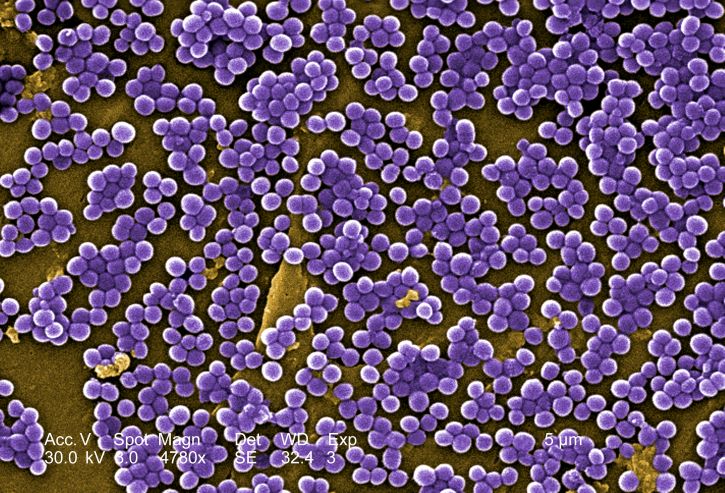New data from trials testing the efficacy and safety of Asana Bioscience’s ASN002, the first Janus kinase (JAK) and spleen tyrosine kinase (SYK) dual inhibitor in development for atopic dermatitis, were presented at the 2019 Annual Meeting of the American Association of Dermatology (AAD) in Washington, D.C., US. The data demonstrated a robust correlation between Staphylococcus aureus frequency in the lesional skin of atopic dermatitis patients and sustained clinical response after cessation of treatment with ASN002. There is currently no gold standard when it comes to measuring atopic dermatitis disease severity, despite the availability of an abundance of composite indices. Isolating and utilising a monitoring biomarker to measure disease severity would offer reliable and objective outcome measures, and may reflect objective and subjective signs and symptoms. S. aureus frequency may potentially function as a surrogate endpoint in clinical trials, allowing comparisons across various trials and the creation of meta-analyses.
At the start of the study, patients with up to 60% S. aureus frequency had a mean baseline Eczema Area and Severity Index (EASI) score of 20.6 ± 5.4, while patients with more than 60% S. aureus frequency had a mean baseline EASI score of 36.6 ± 12.4. By the end of the study, 53% of patients in the 40mg and 80mg dose groups maintained a 50% reduction in EASI score (EASI-50) after the treatment period. Two weeks after the cessation of a four-week ASN002 treatment regimen, 86% of patients who had achieved EASI-50 in the 40mg and 80mg dose groups exhibited a S. aureus frequency of under 10% at baseline. Moreover, there was no increase in S. aureus frequency after the end of treatment for those with a sustained EASI score. Conversely, participants in the placebo group showed no correlation between S. aureus frequency and EASI changes. Historically, a higher baseline frequency of S. aureus in lesional skin is associated with a higher EASI score. Overall, the results of this ASN002 study imply that sustained microbial response may be needed for sustained clinical response after the cessation of treatment for atopic dermatitis, and that monitoring the skin microbiome during treatment could guide treatment.
These new data come from the preliminary, double-blind, placebo-controlled trial. Efficacy and safety data were initially presented at the 2018 Annual Meeting of the AAD. In the trial, 36 participants in the study were randomly assigned to receive 20mg, 40mg, or 80mg of ASN002 or placebo once daily for four weeks. As the results showed improvements in EASI and pruritus at Week 4 in patients receiving ASN002, the dual inhibitor was determined to be both safe and effective. Because it is a novel oral JAK/SYK inhibitor, it is believed that ASN002 can target the dysregulation of Th2 and Th22 cytokine pathways. JAK inhibition can affect interleukin (IL)-4, IL-13, IL-22, and thymic stromal lymphopoietin (TSLP) signalling, while SYK inhibition can affect IL-17 signalling in epithelial cells and the production of inflammatory mediators by keratinocytes.






